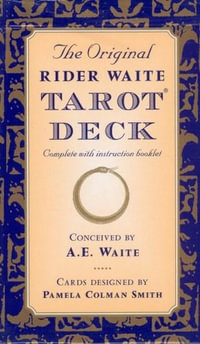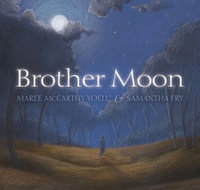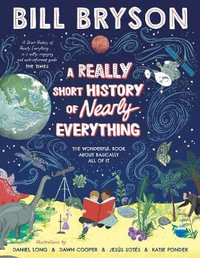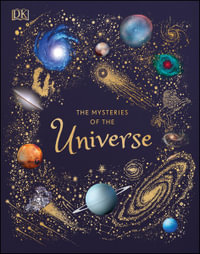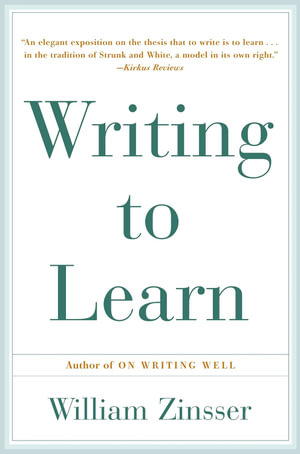
At a Glance
Paperback
$36.25
When will this arrive by?
l . Hermes and the Periodic Table
As a boy I spent four years at a boarding school in Massachusetts called Deerfield Academy that had two legends attached to it. The first was its headmaster, Frank L. Boyden. When he was a young man just out of college, in 1902, he accepted a position that only a teacher desperate for a first job might have taken: running a moribund academy in the tiny village of Deerfield. The school had so few boys that the new headmaster had to play on the football and baseball teams himself. By the time I got there, in the mid-1930s, Frank Boyden had built Deerfield into one of the best secondary schools in the country, and when he retired, in 1968, his place in American education secure, he had been headmaster for sixty-six years. During all those years he also coached the football, basketball and baseball teams, continuing as an octogenarian to rap out sharp grounders for infield practice before every game. His favorite baseball strategy was the squeeze play--a mark, perhaps, of his Yankee practicality. He was an unusually small man with a plain New England face, slicked-down black hair, and metal-rimmed glasses; nobody would have noticed him in a crowd or picked him out as a leader. But three generations of boys were shaped for life by his values, and I was one of them.
The second legend was his wife, Helen Childs Boyden. A tall, bony woman with a face even plainer than her husband's, she wore her black hair tied in a bun and she peered out at the world through thick glasses, triumphing over eyesight so bad that it would have immobilized a person of weaker will. Helen Childs had also come to Deerfield as a young teacher, fresh out of SmithCollege with a science degree. She married Frank Boyden in 1907 and for more than sixty years was a strengthening presence in his life and in the life of the school. She was best known, however, for her senior course in chemistry. The legend was that she could teach chemistry to anybody. As it turned out, she couldn't teach it to me.
The fault was undoubtedly mine. I'm sure I didn't want to learn chemistry. Probably I had also persuaded myself that I couldn't learn chemistry, or any of the hard sciences. Those subjects were for all those people who had an aptitude for them--the ones who carried a slide rule and could take a radio apart. I was a liberal arts snob, illiterate about the physical world I lived in, incurious about how things worked. The courses I felt most comfortable with were English and languages, and in my extracurricular hours I indulged my other two loves--playing baseball and writing for the school newspaper. I did what came easiest and avoided what I might not be able to do well.
My favorite language was Latin. It transported me back to the classical world, and yet it was anything but dead-thousands of its roots were alive and well in English; in fact, no subject has been more useful to me as a writer and an editor. I took Latin for three years at Deerfield until there were no more courses left to take, finally getting beyond Caesar's dreary wars and Cicero's prim orations to Virgil's "Aeneid "and Horace's odes, finally discovering that the wonderful language also had a wonderful literature.
My teacher in that liberating third year was a man so venerable that he seemed to be a schoolmaster from the nineteenth century. Recalling him now, I think of pictures ofDarwin as an old man. Charles Huntington Smith had silky white hair, a white mustache and a white goatee, and he wore the black suit and high collar befitting his age and dignity. But his eyes were young, and so were his passions for what he taught. He had turned his classroom into a small corner of ancient Rome. Large framed photographs of the Forum and the Colosseum hung on the walls, and he had also sent away for plaster reproductions of some of the great statues of antiquity. Hermes on tiptoe, beckoning the gods, was on his desk, and the Winged Victory was nearby, still sending her message about beauty and line across the centuries. Mr. Smith was obviously aware of the power exerted by the icons that inhabit the classrooms of our childhood; when I was in Italy during World War II, the first time I got a few days off I hitchhiked to Rome to see the Forum, though the distance was great and the hours I could spend there were short.
In my senior year reality caught up with me: I had to take Mrs. Boyden 's chemistry. I remember her classroom almost as vividly as Mr. Smith's. I can still smell its acrid smells, alien to my humanist nose. I can still see the retorts and beakers and other strangely shaped vessels designed for measuring whatever they were designed to measure. But the icon that dominates my memory is the huge chart of the periodic table of the elements that hung at the front of the room. Those cryptic letters and numbers, so neatly arranged in their boxes and columns, were the Hermes and Venus of the chemistry class--the gods whose laws and whims would rule our lives. Each box contained its own tremendous story of natural forces working out an ordained pattern. What couldthat story possibly be? I never found out. The periodic table continues to rebuke me for my indolence.
Mrs. Boyden had devised a teaching method that I remember as slightly cute but that obviously worked for three generations of boys. It had something to do with one molecule joining hands with another and going off to form a different combination. I must have resisted these little romances, for by about April someone in authority began to think the unthinkable: I would flunk the college entrance exam in chemistry. This would not only ruin my chances of getting into Princeton; it would besmirch Deerfield's proud record of placing its seniors in America's best colleges.
Industry Reviews
ISBN: 9780062720405
ISBN-10: 0062720406
Published: 4th June 1993
Format: Paperback
Language: English
Number of Pages: 272
Audience: General Adult
Publisher: HarperCollins Publishers
Country of Publication: US
Dimensions (cm): 20.3 x 13.5 x 1.2
Weight (kg): 0.2
Shipping
| Standard Shipping | Express Shipping | |
|---|---|---|
| Metro postcodes: | $9.99 | $14.95 |
| Regional postcodes: | $9.99 | $14.95 |
| Rural postcodes: | $9.99 | $14.95 |
How to return your order
At Booktopia, we offer hassle-free returns in accordance with our returns policy. If you wish to return an item, please get in touch with Booktopia Customer Care.
Additional postage charges may be applicable.
Defective items
If there is a problem with any of the items received for your order then the Booktopia Customer Care team is ready to assist you.
For more info please visit our Help Centre.
You Can Find This Book In
This product is categorised by
- Non-FictionLanguage & LinguisticsReference, Dictionaries & GuidesWriting & Editing Guides
- Non-FictionLanguage & LinguisticsLinguisticsSemantics & Discourse Analysis
- Non-FictionLiterature, Poetry & Plays
- Miscellaneous Items
- Non-FictionReference, Information & Interdisciplinary SubjectsEncyclopaedias & Reference Works
- Non-FictionLanguage & LinguisticsReference, Dictionaries & GuidesCreative Writing & Creative Writing Guides
- Non-FictionReference, Information & Interdisciplinary SubjectsInterdisciplinary StudiesCommunication Studies




